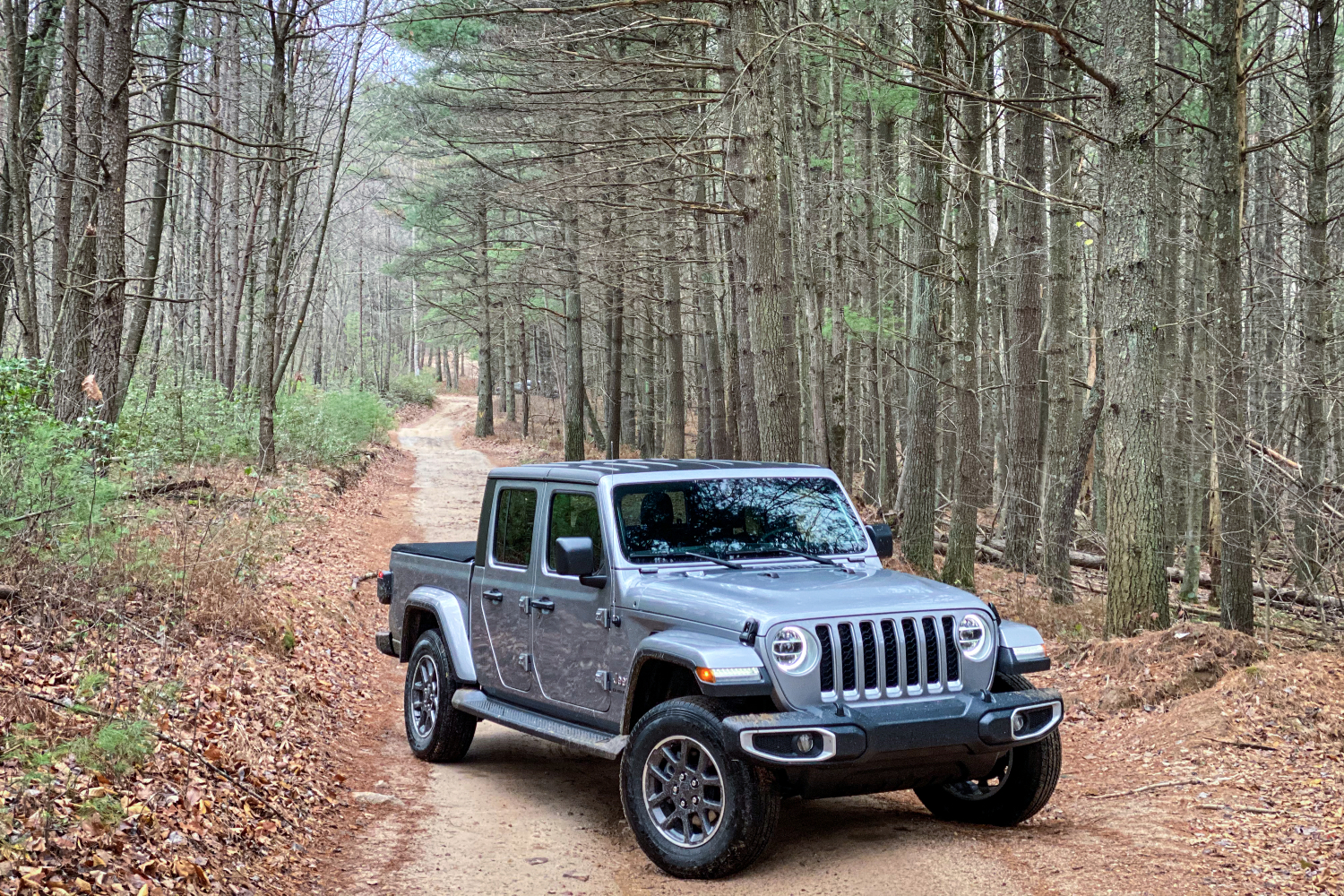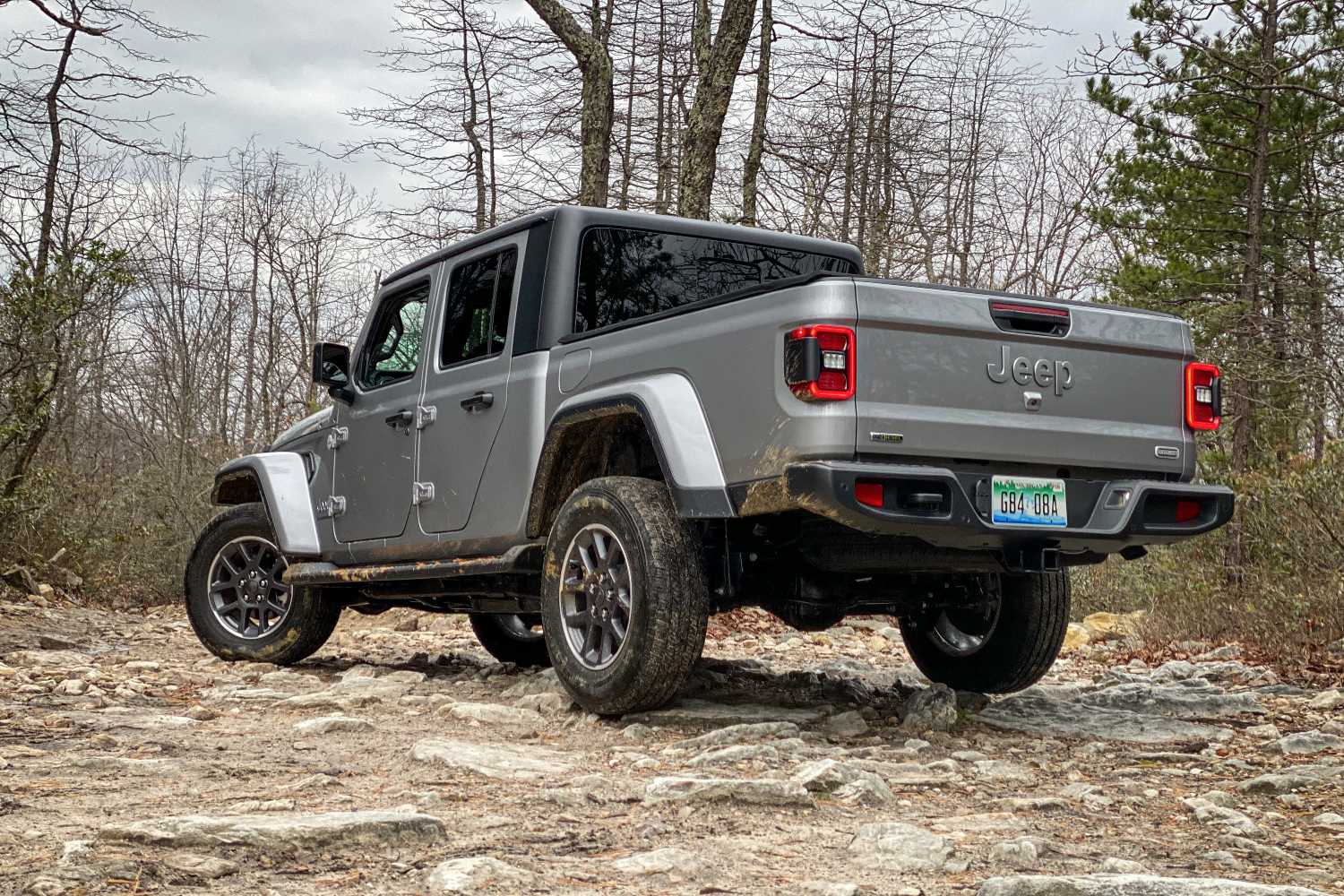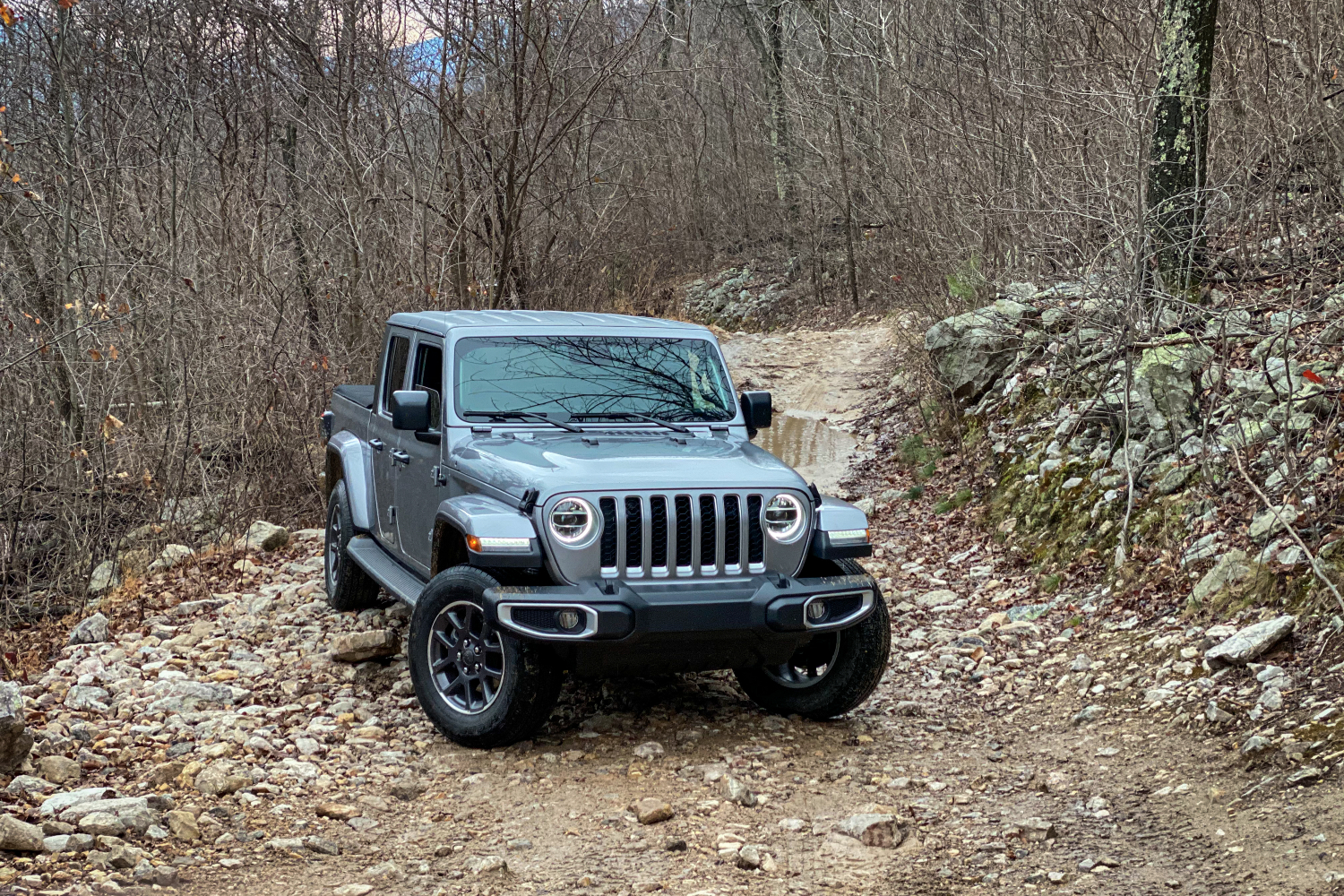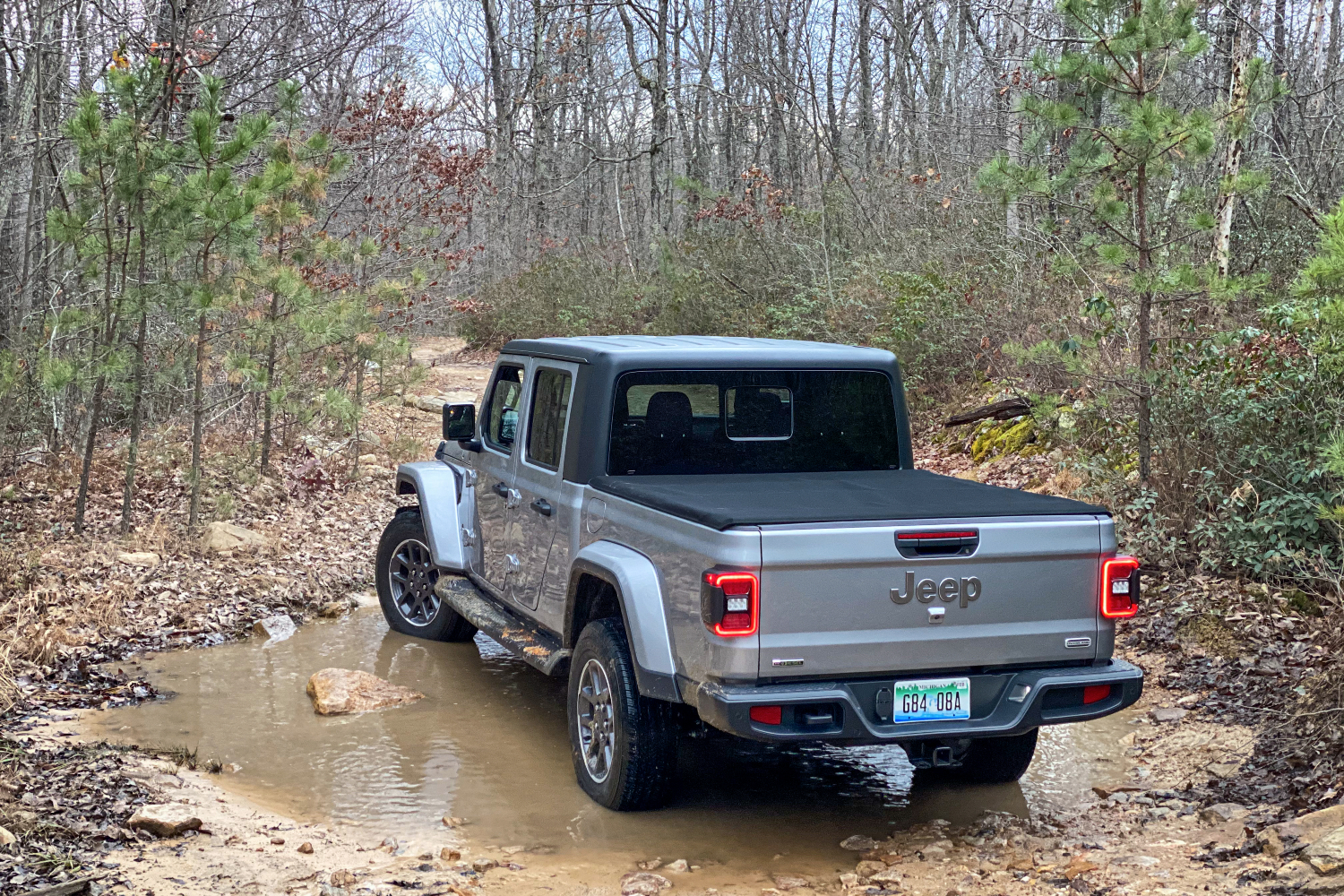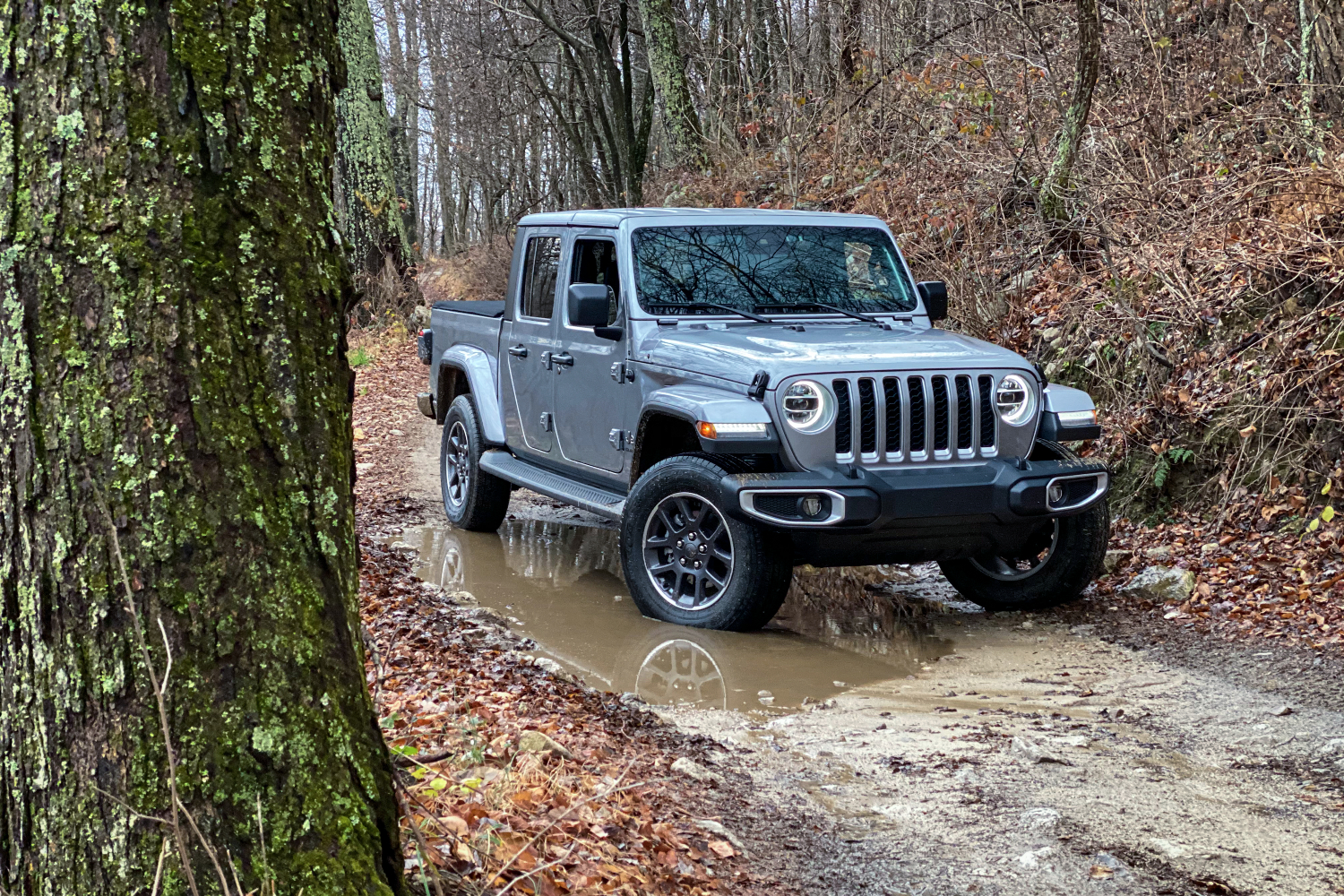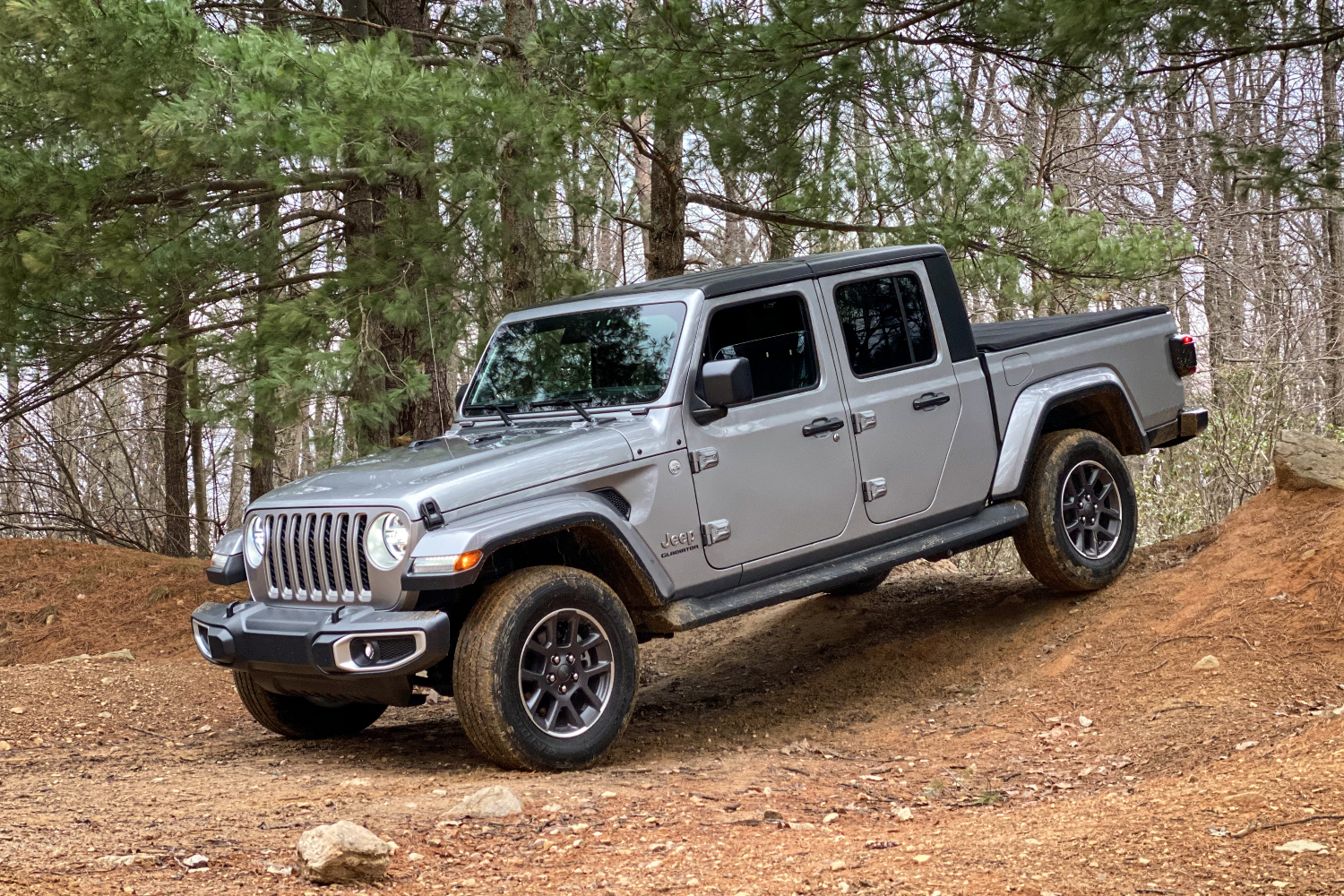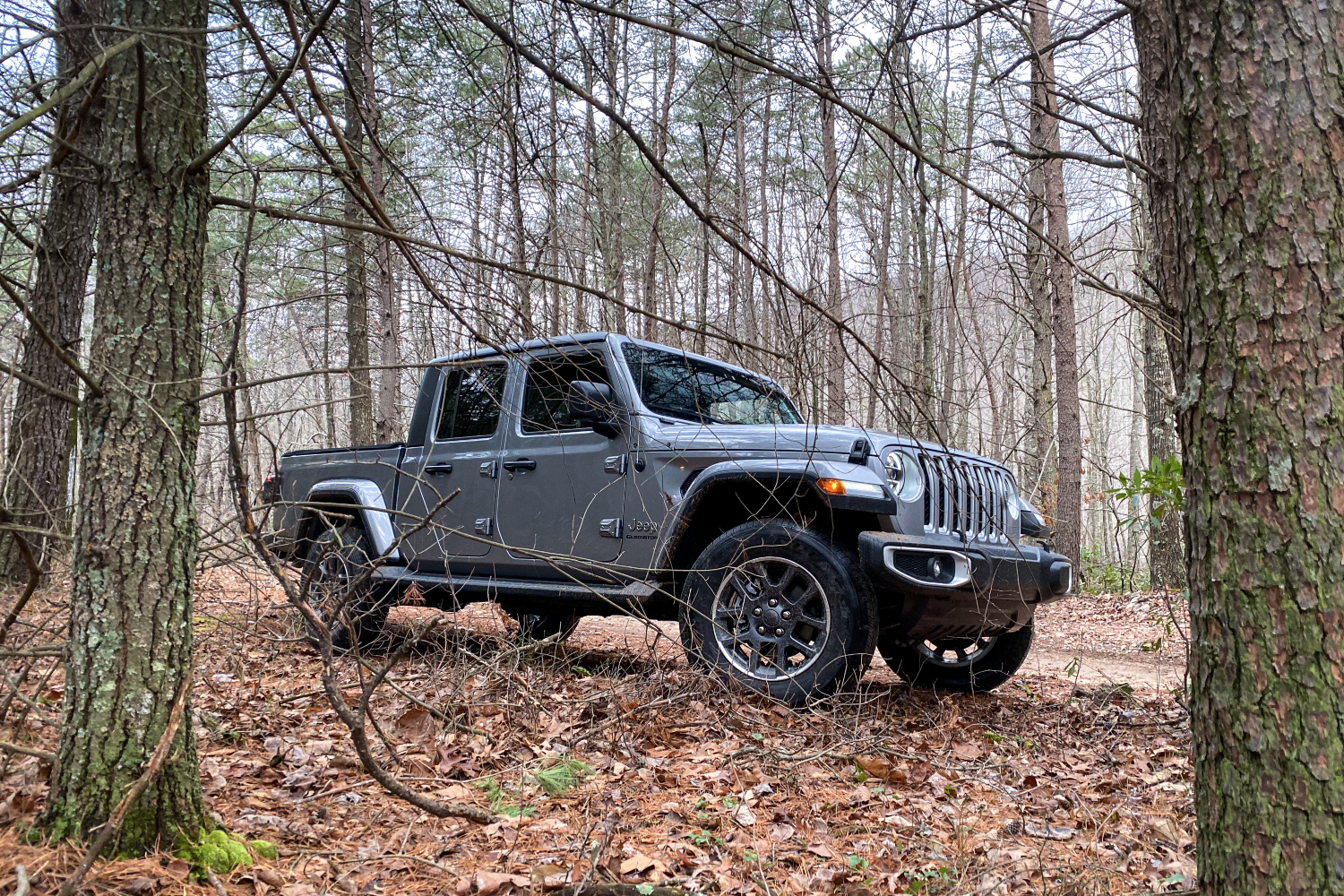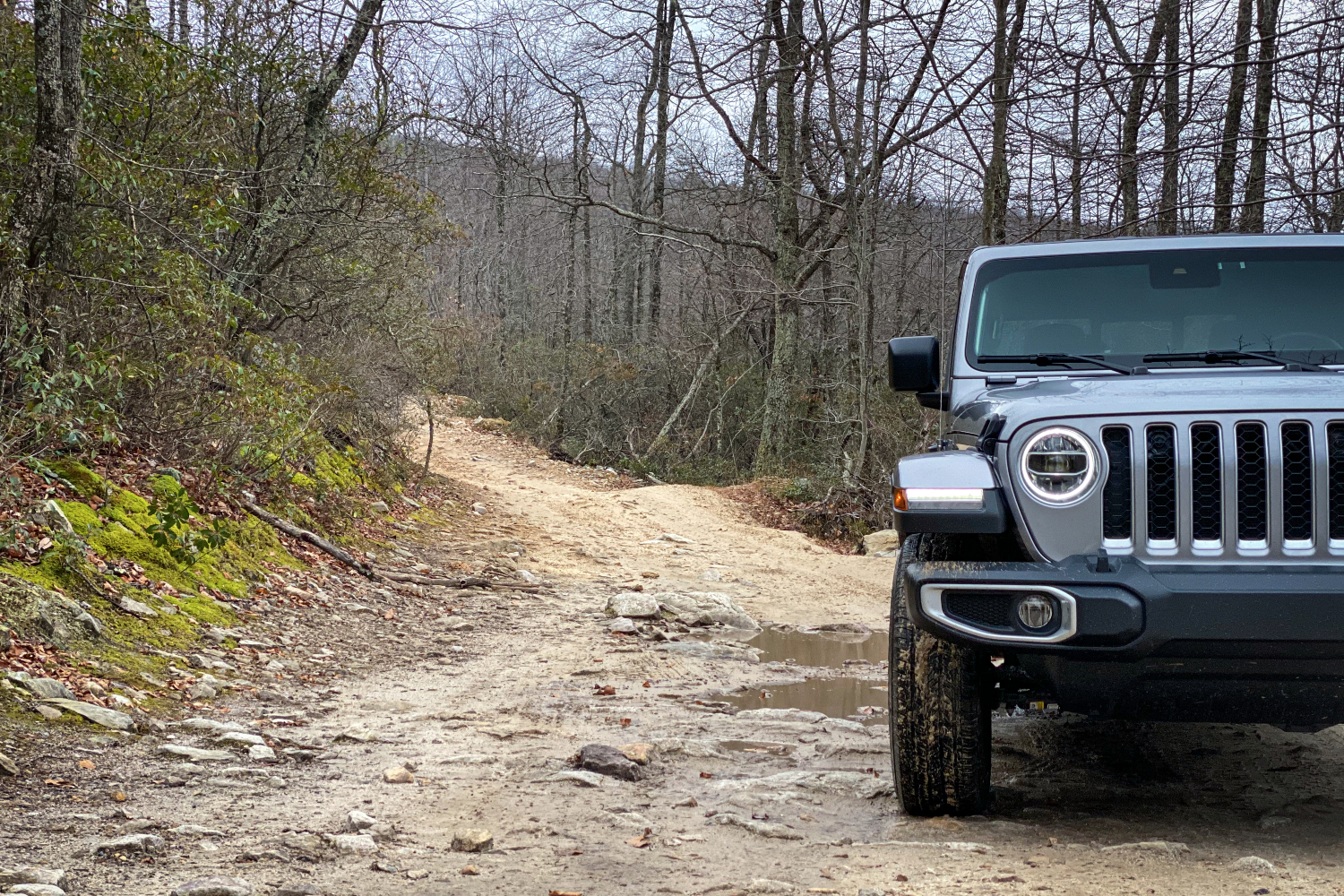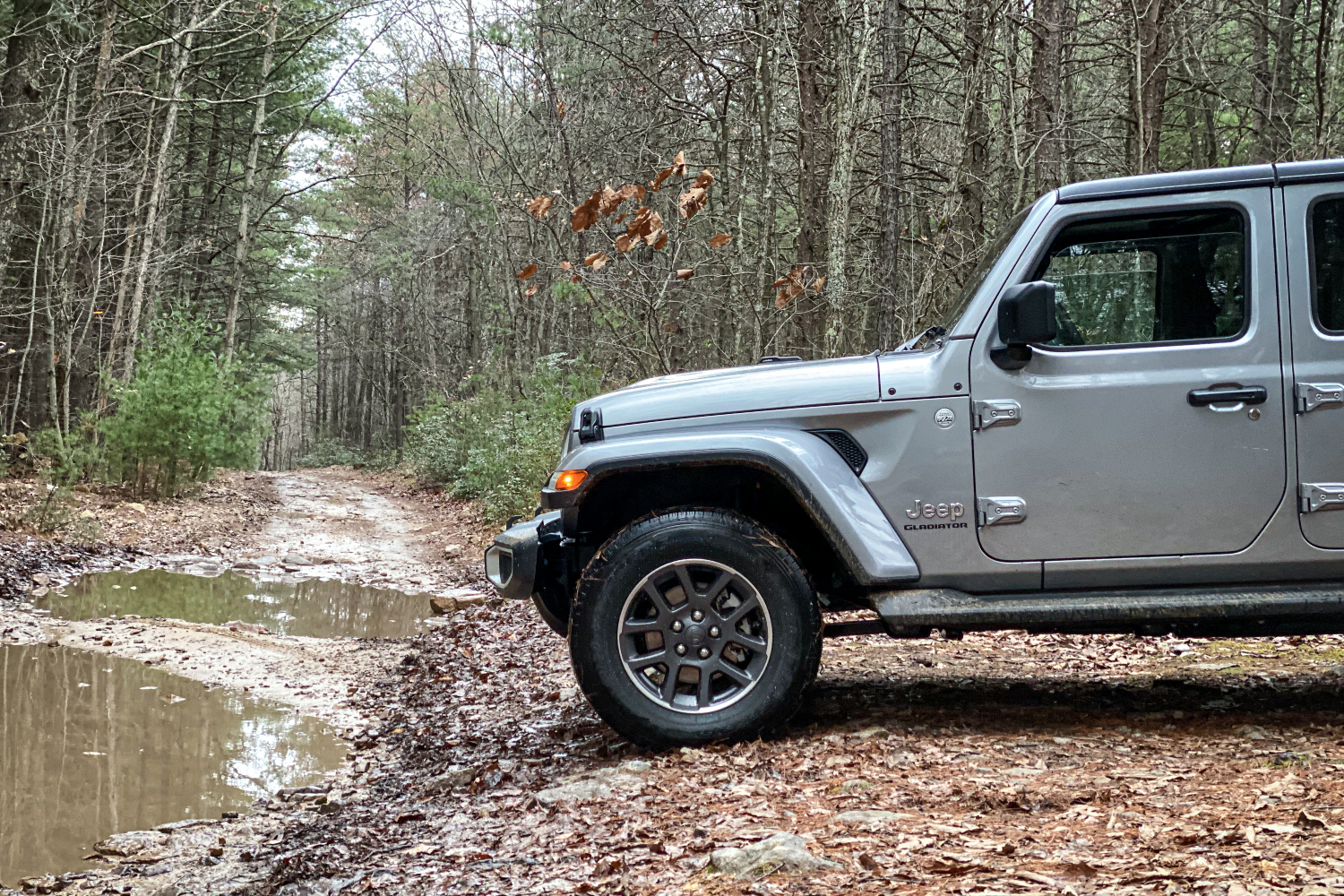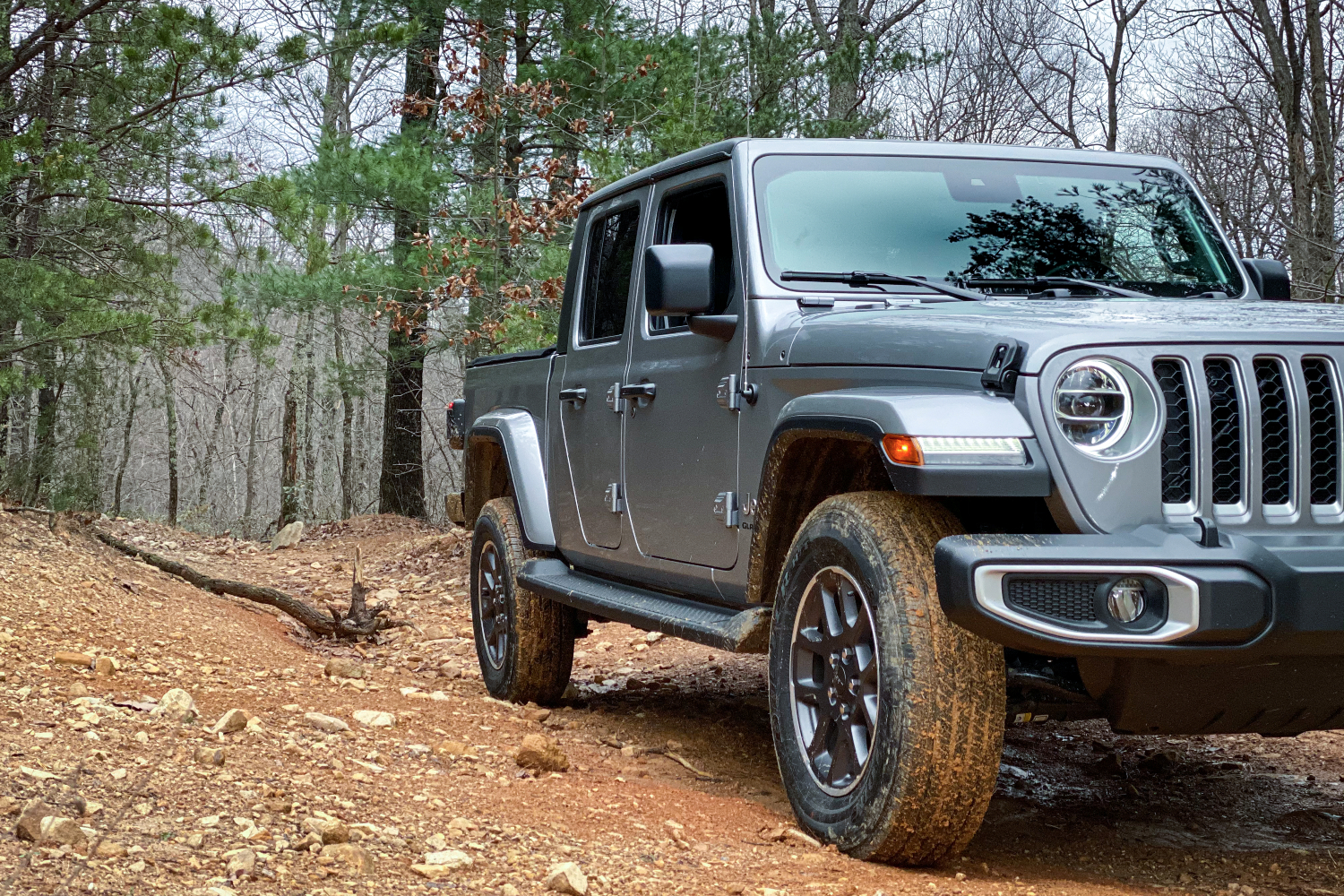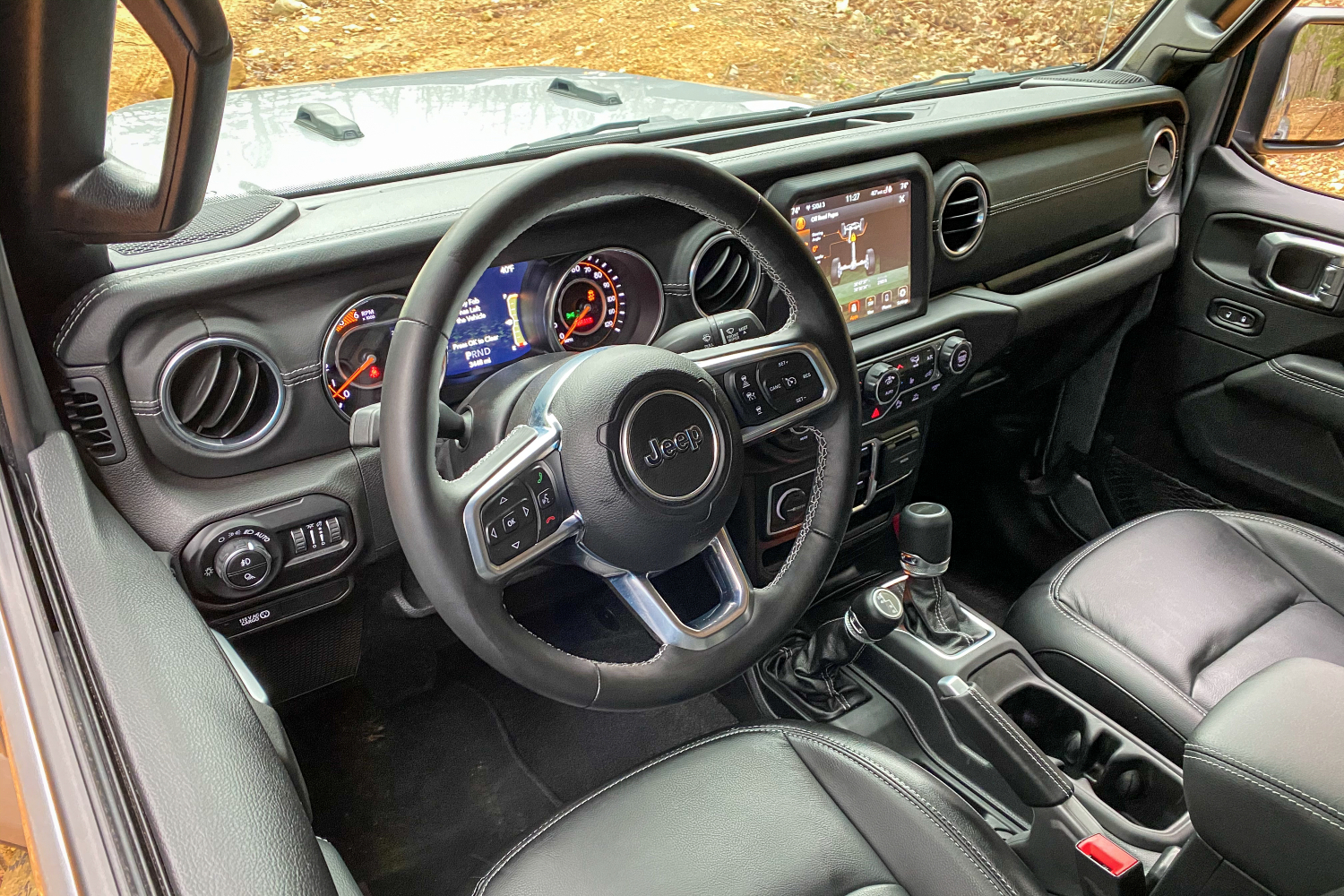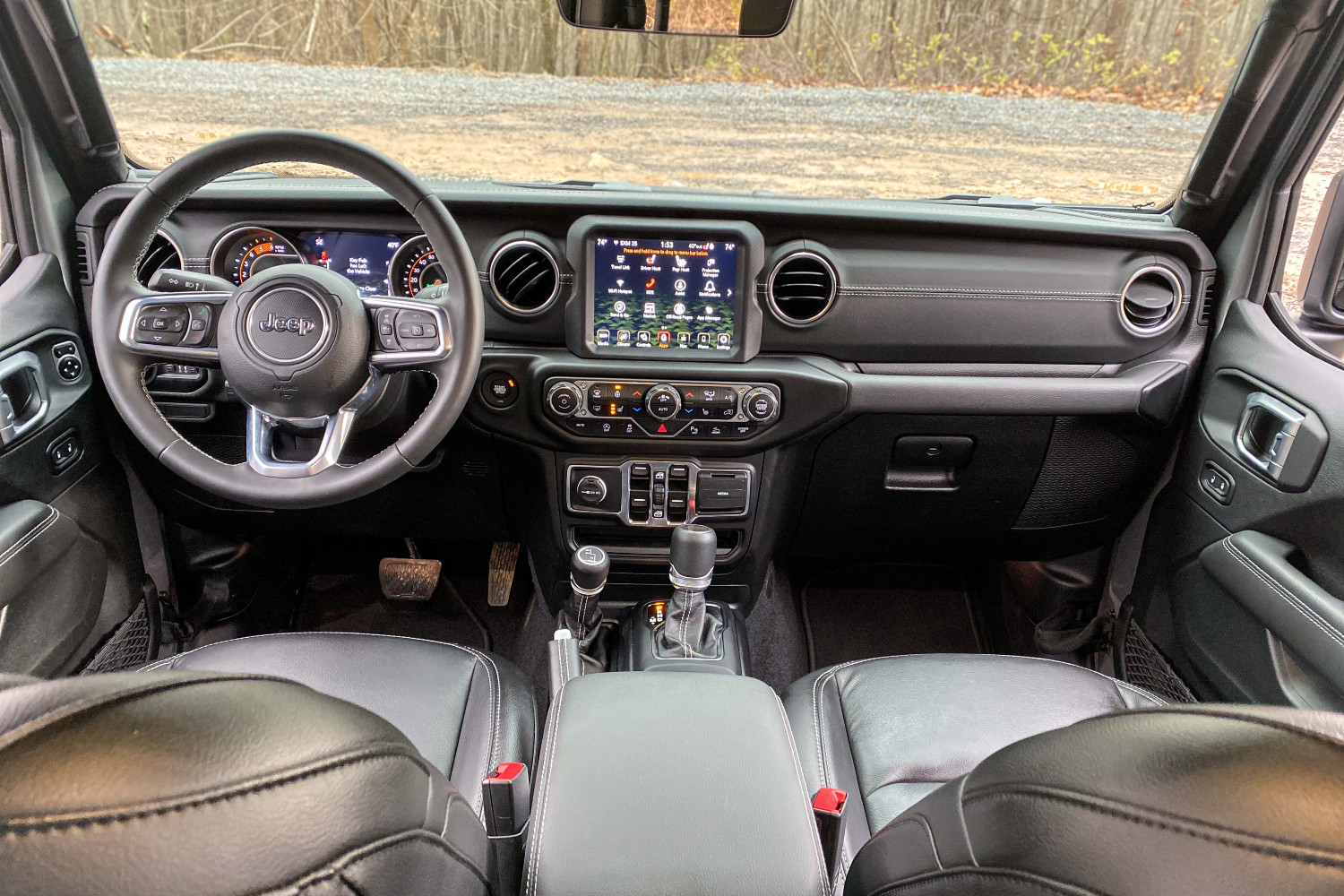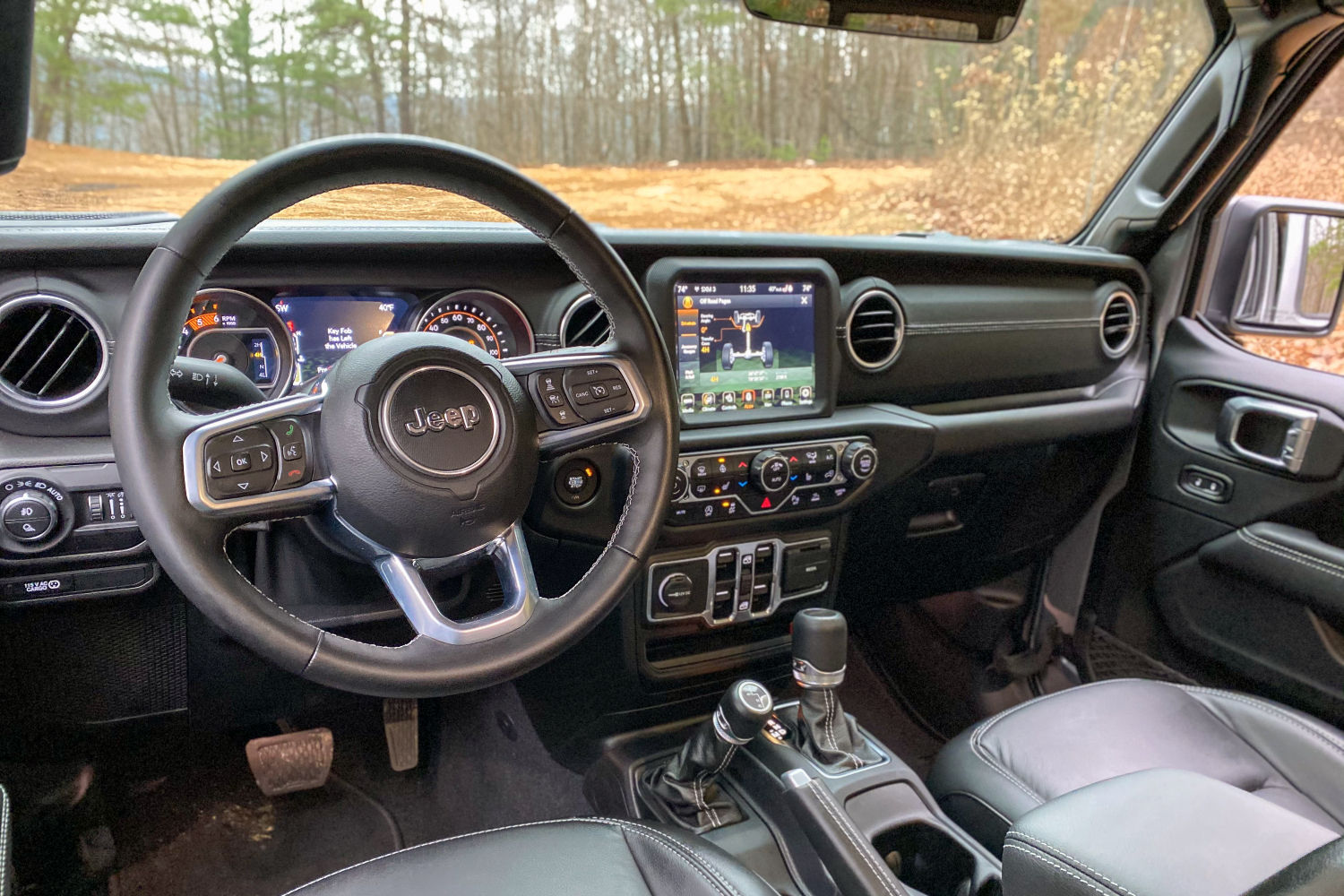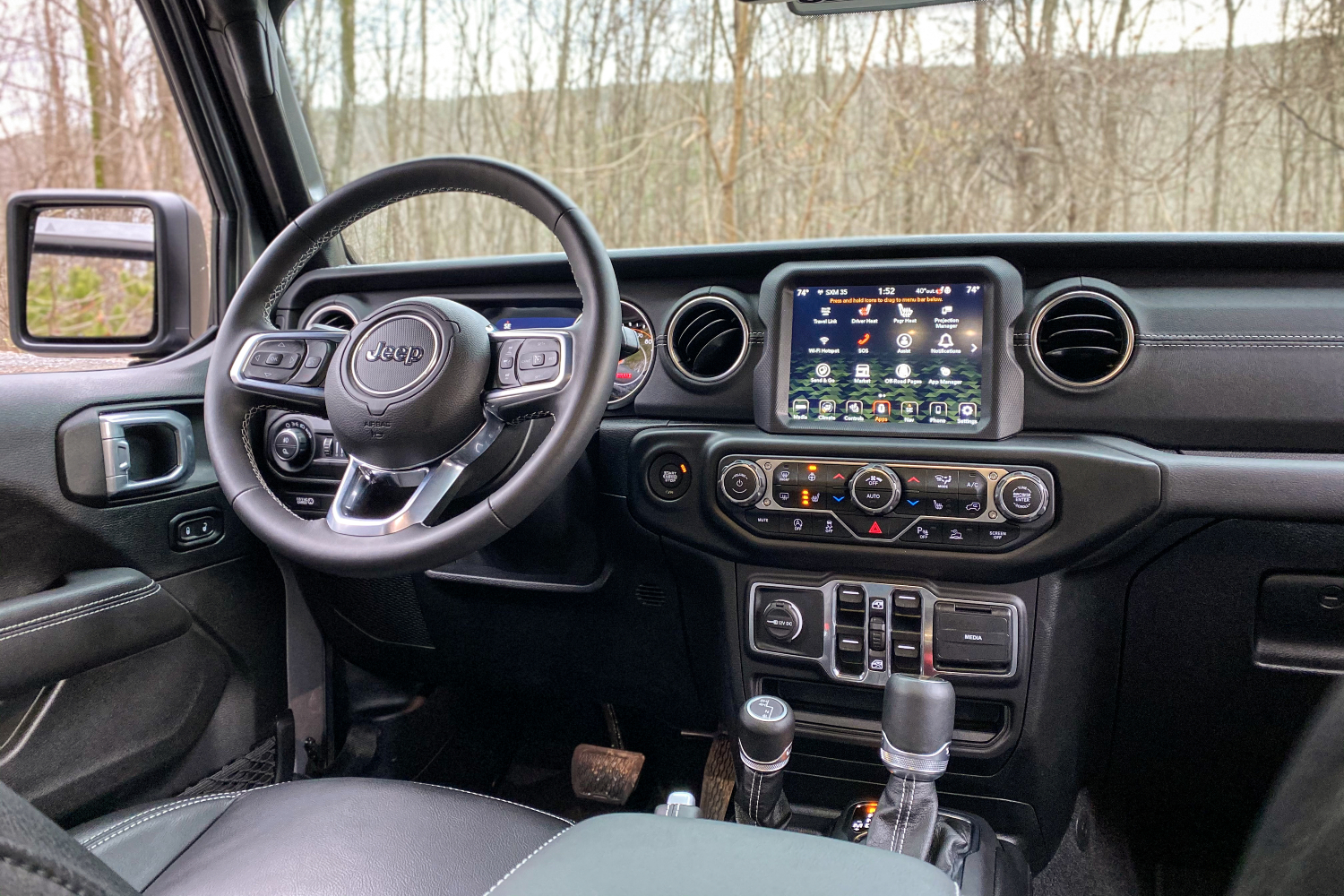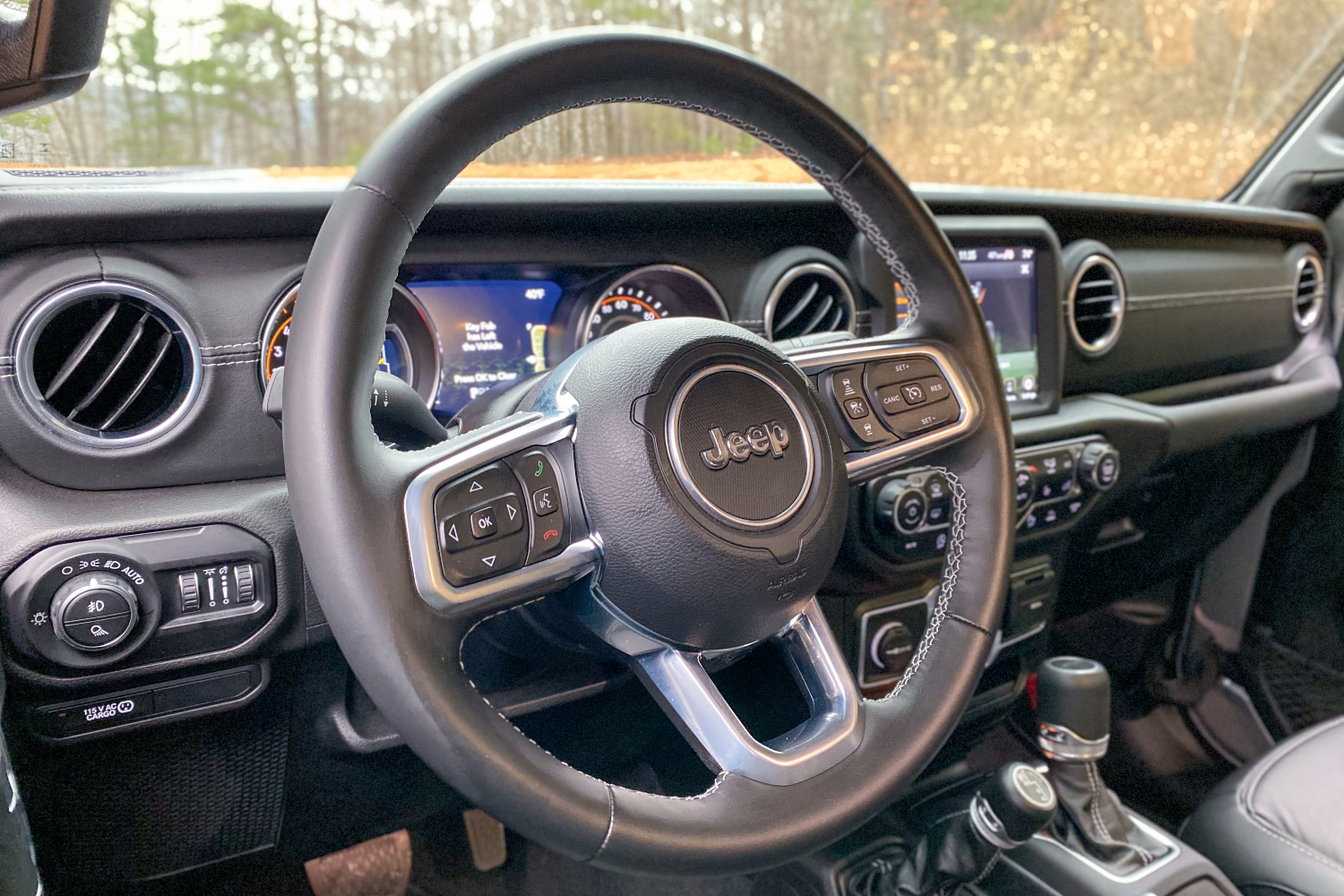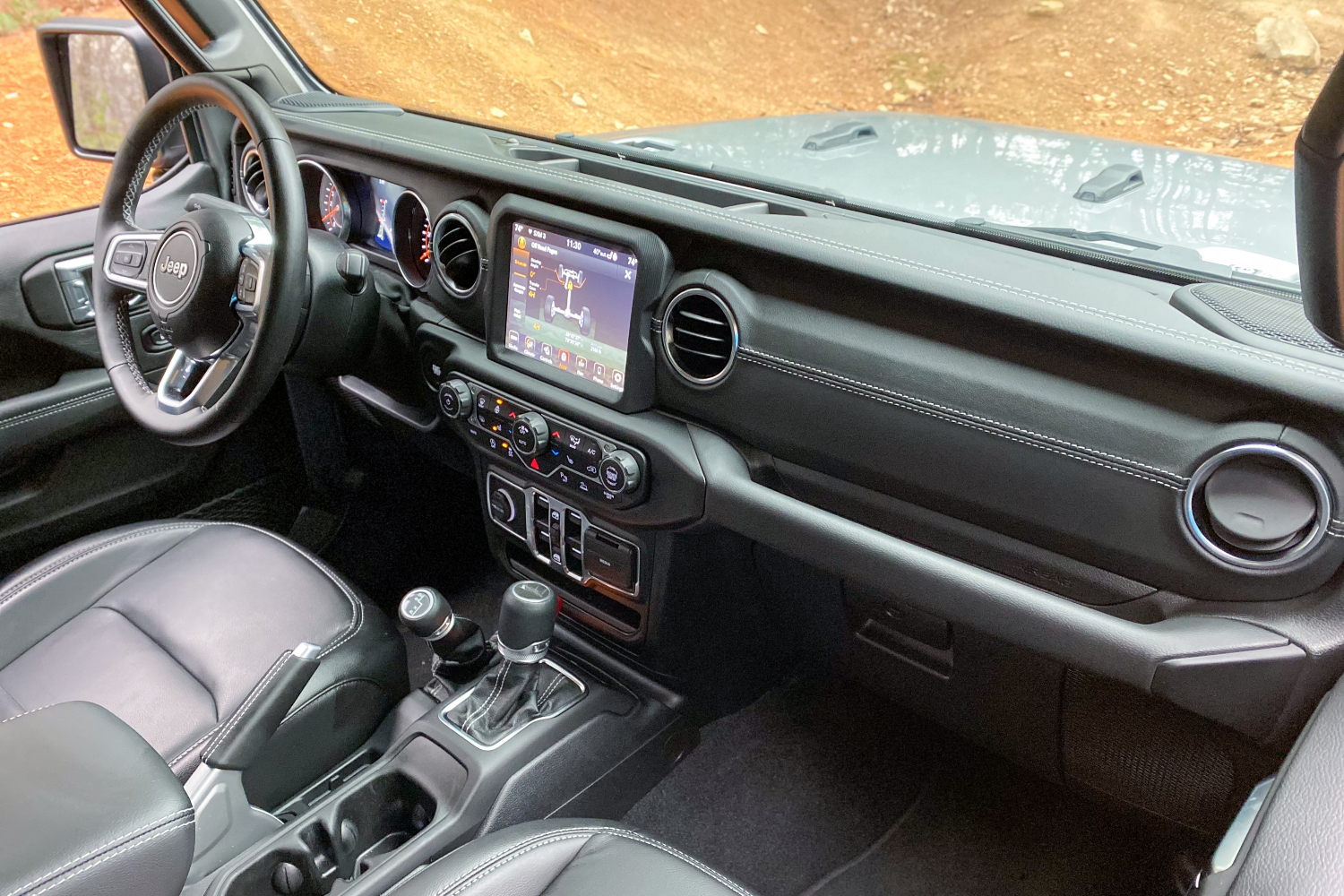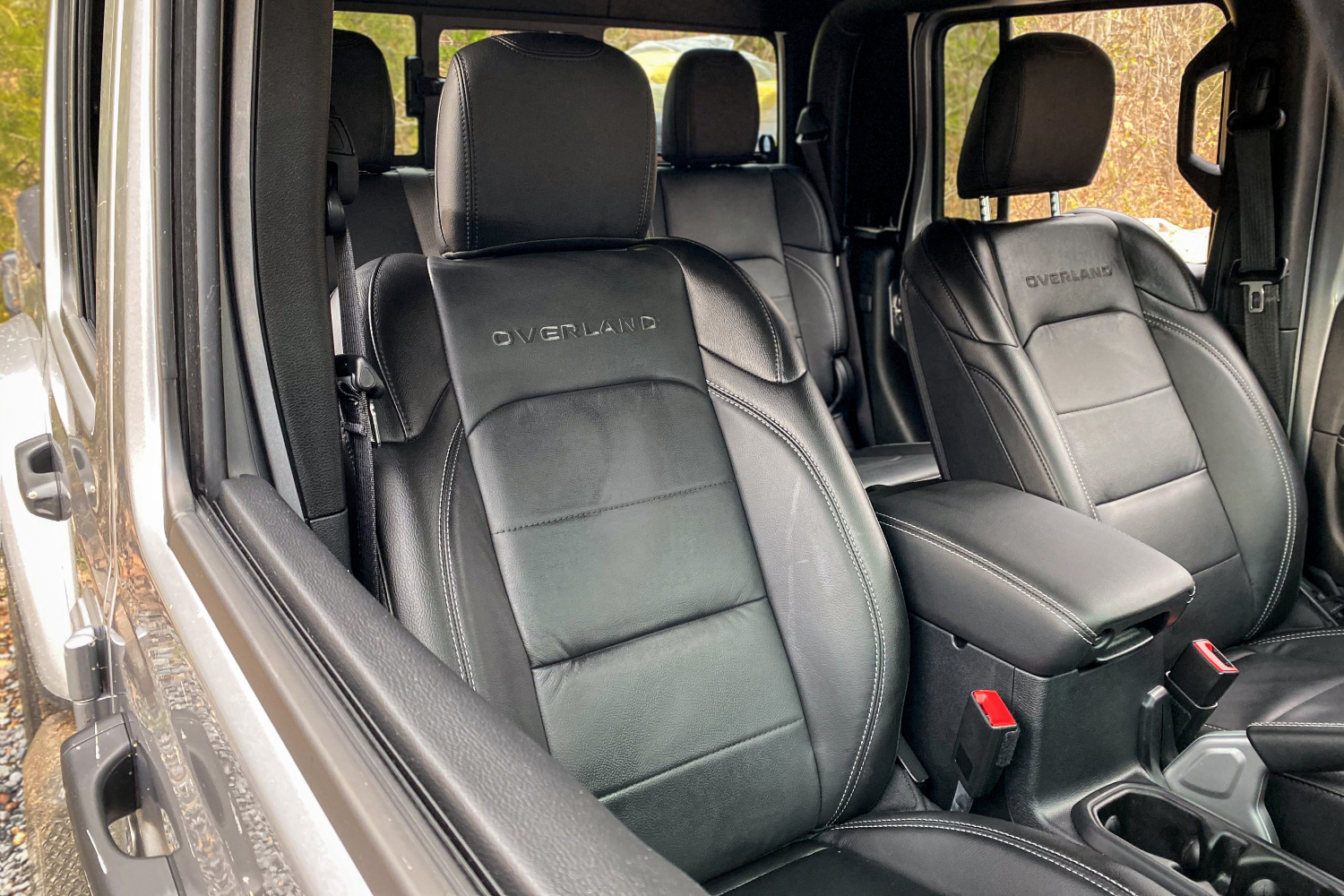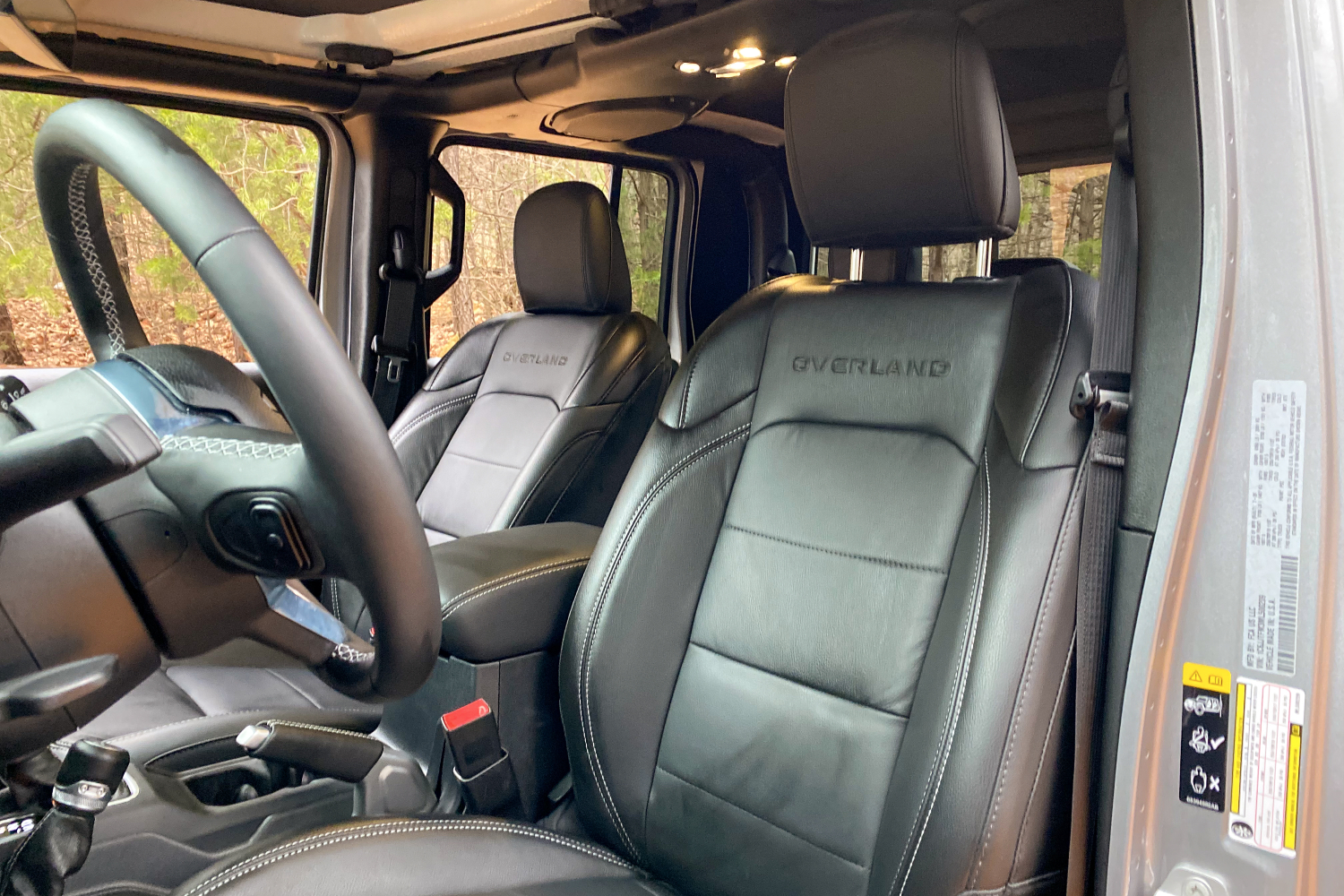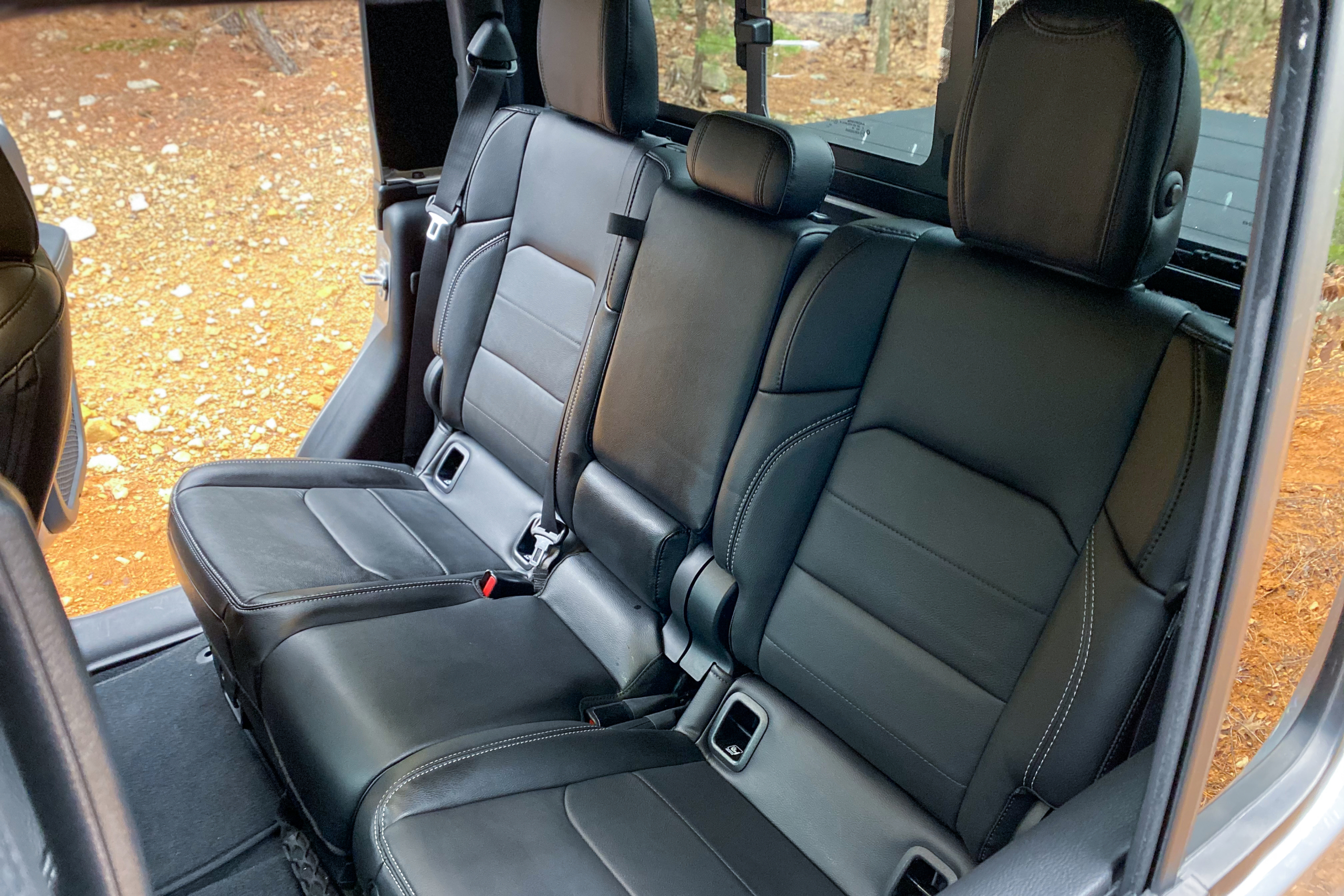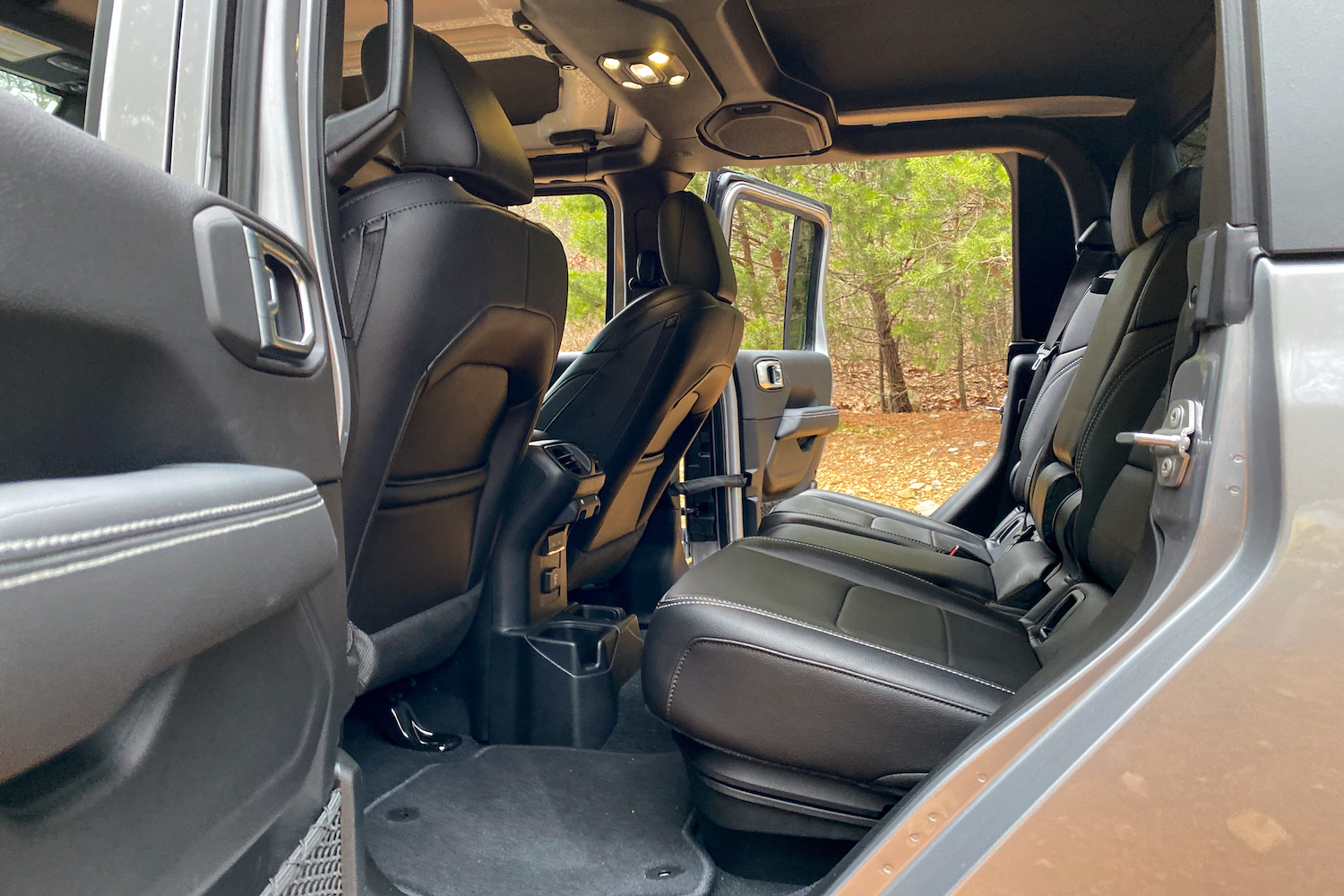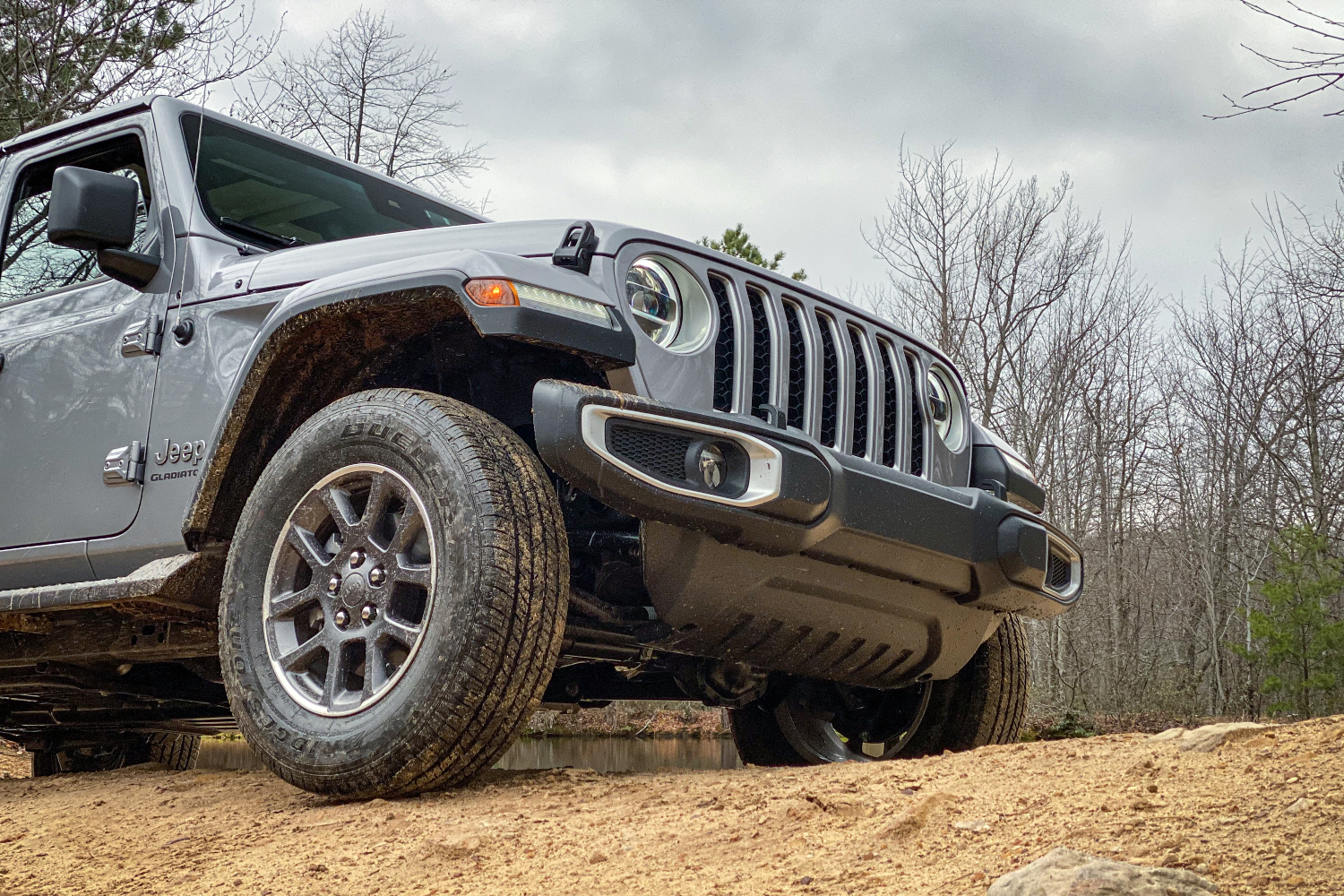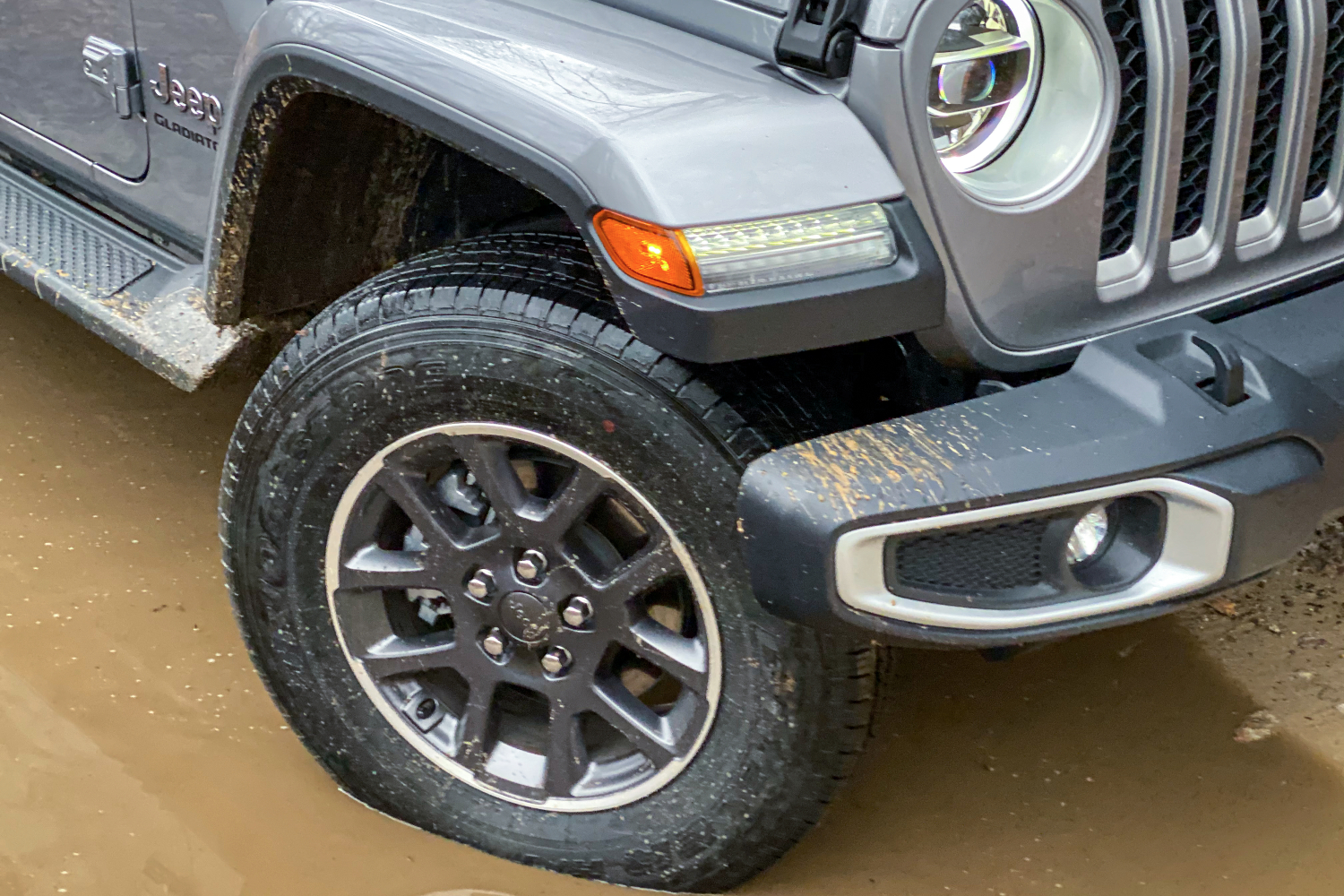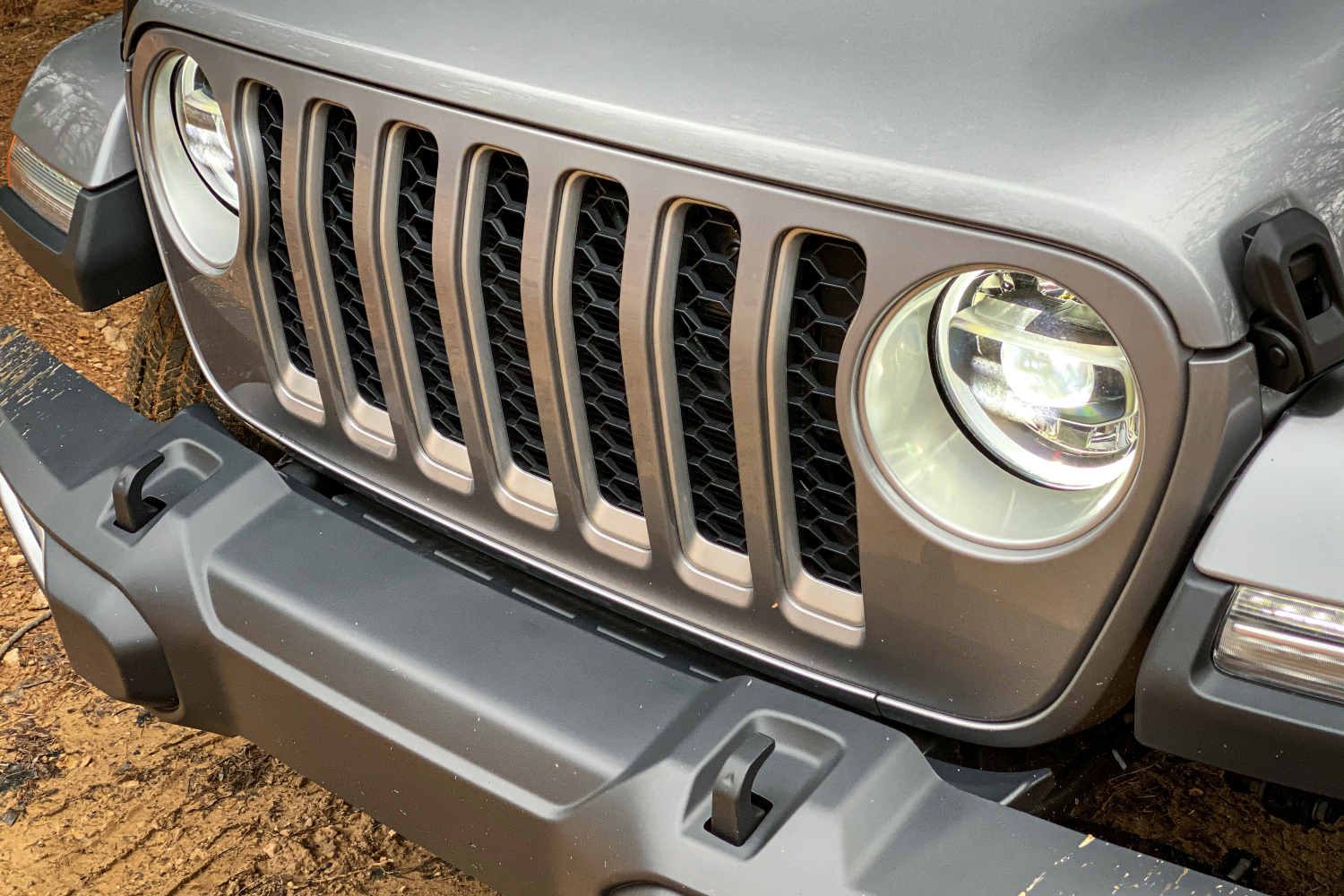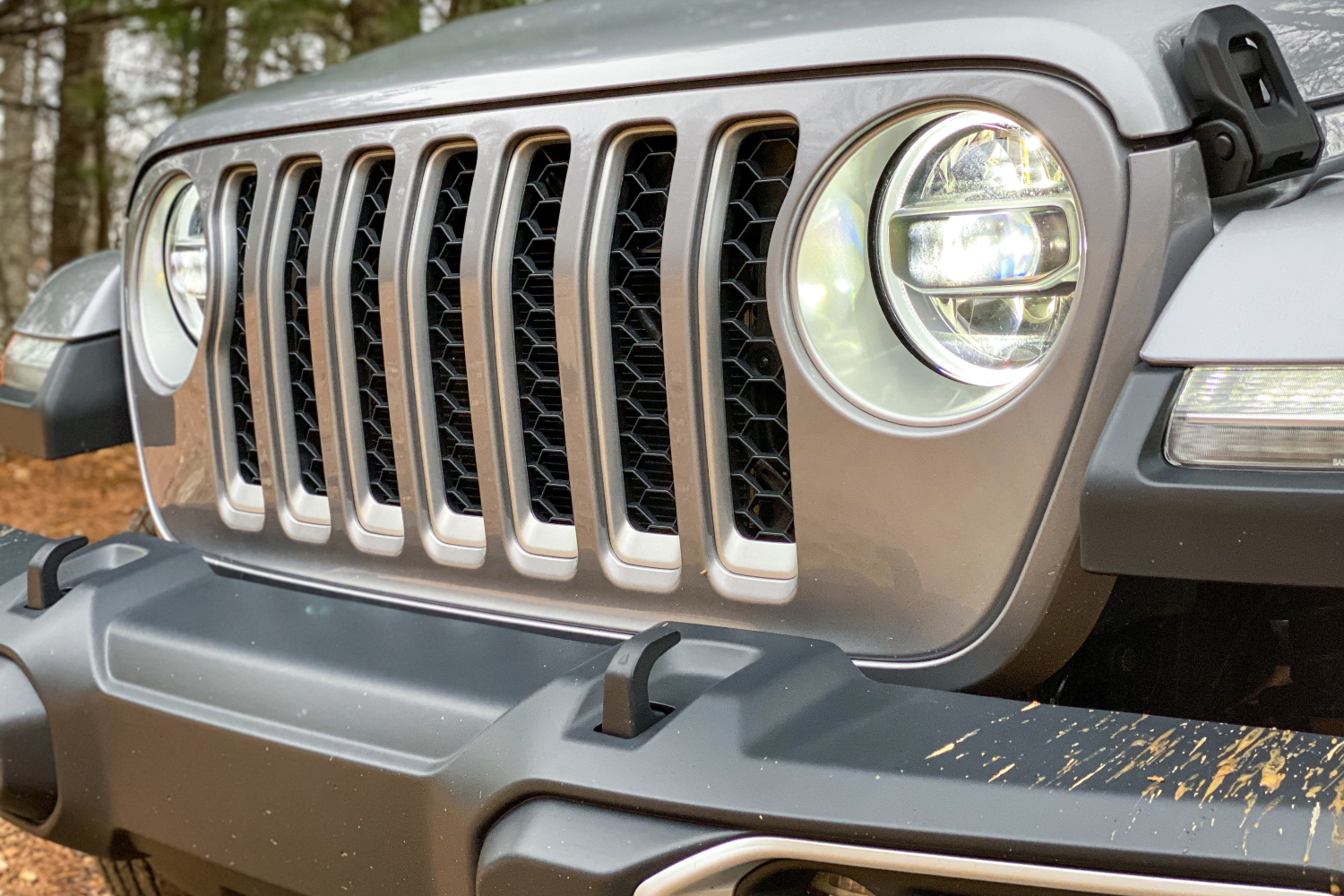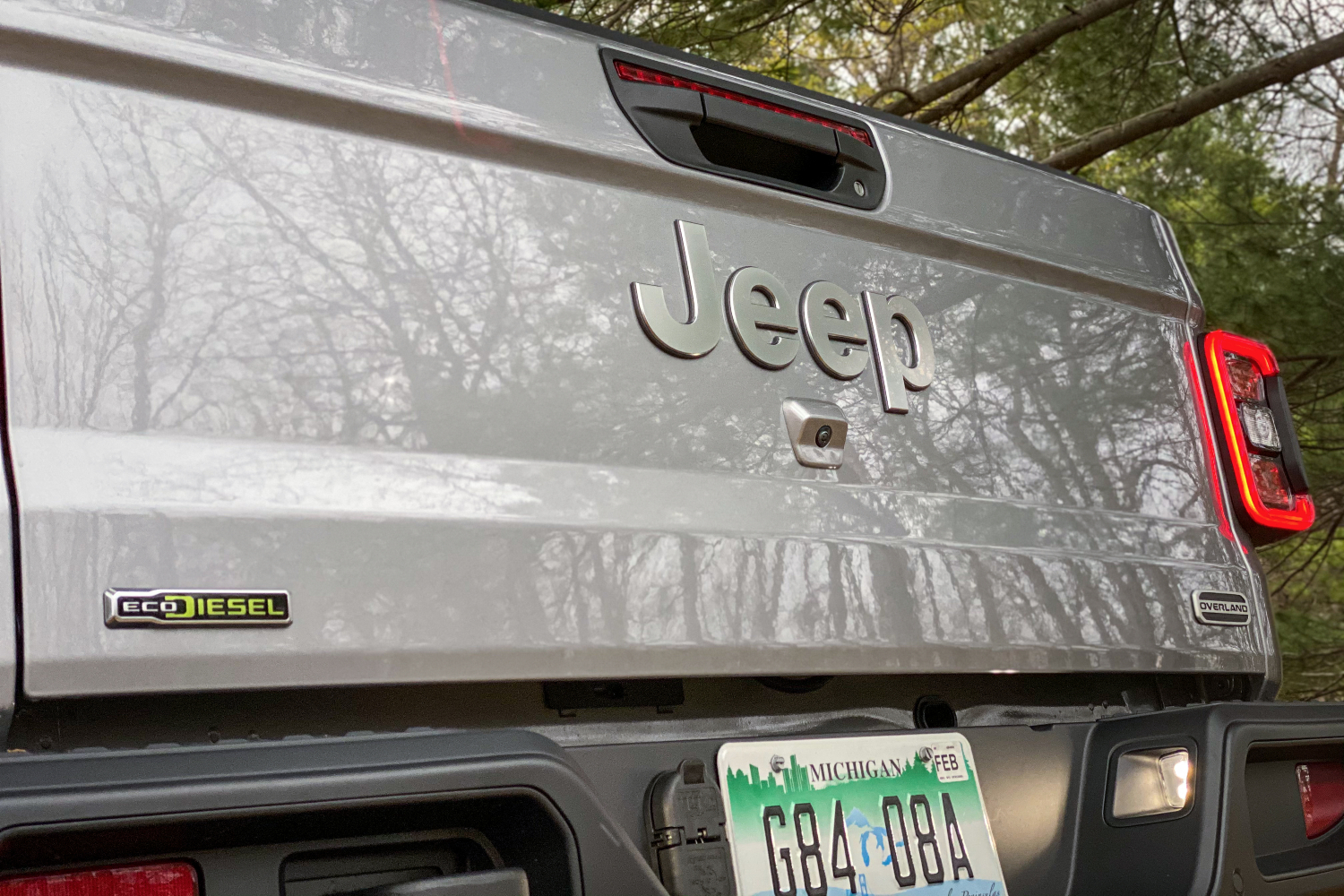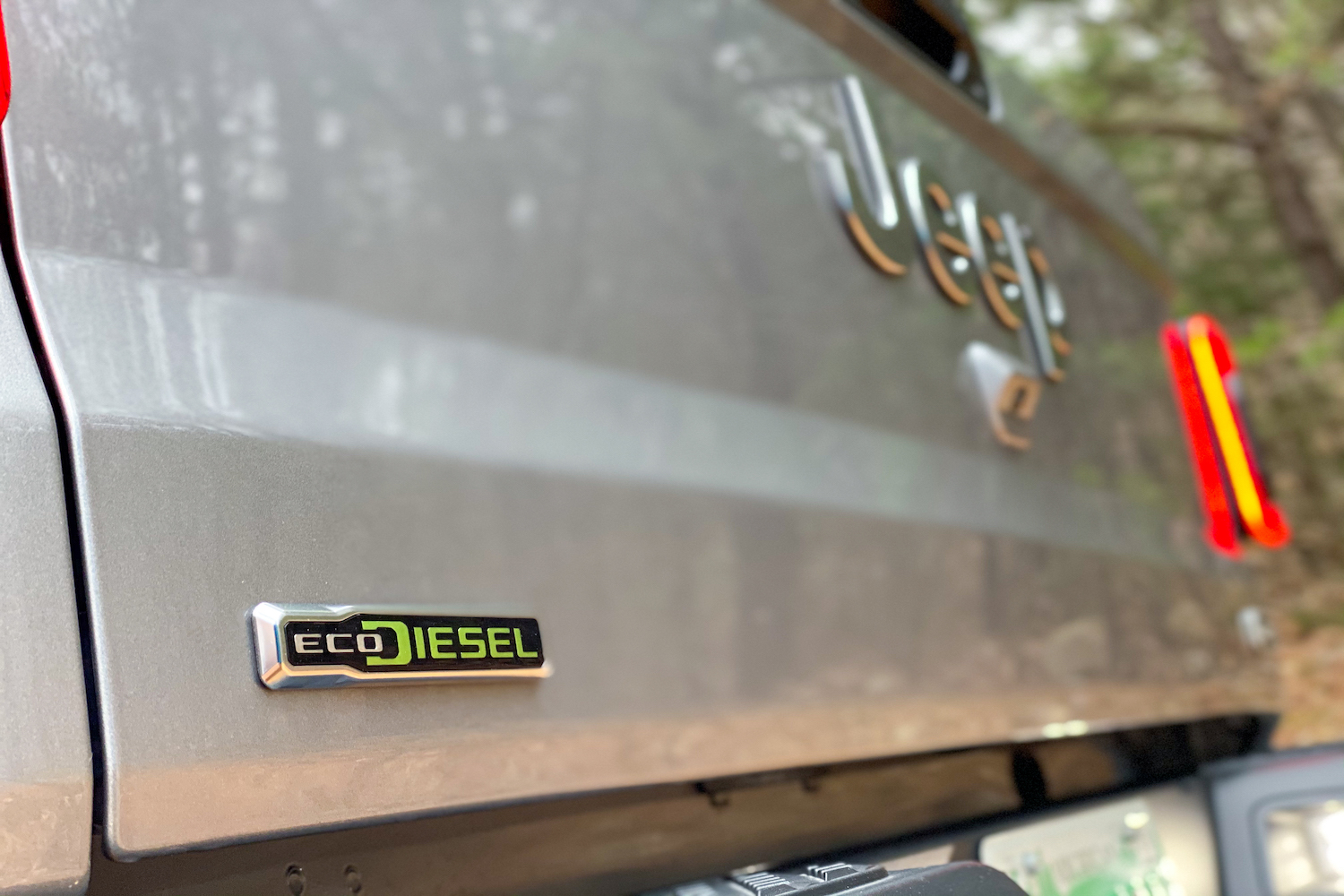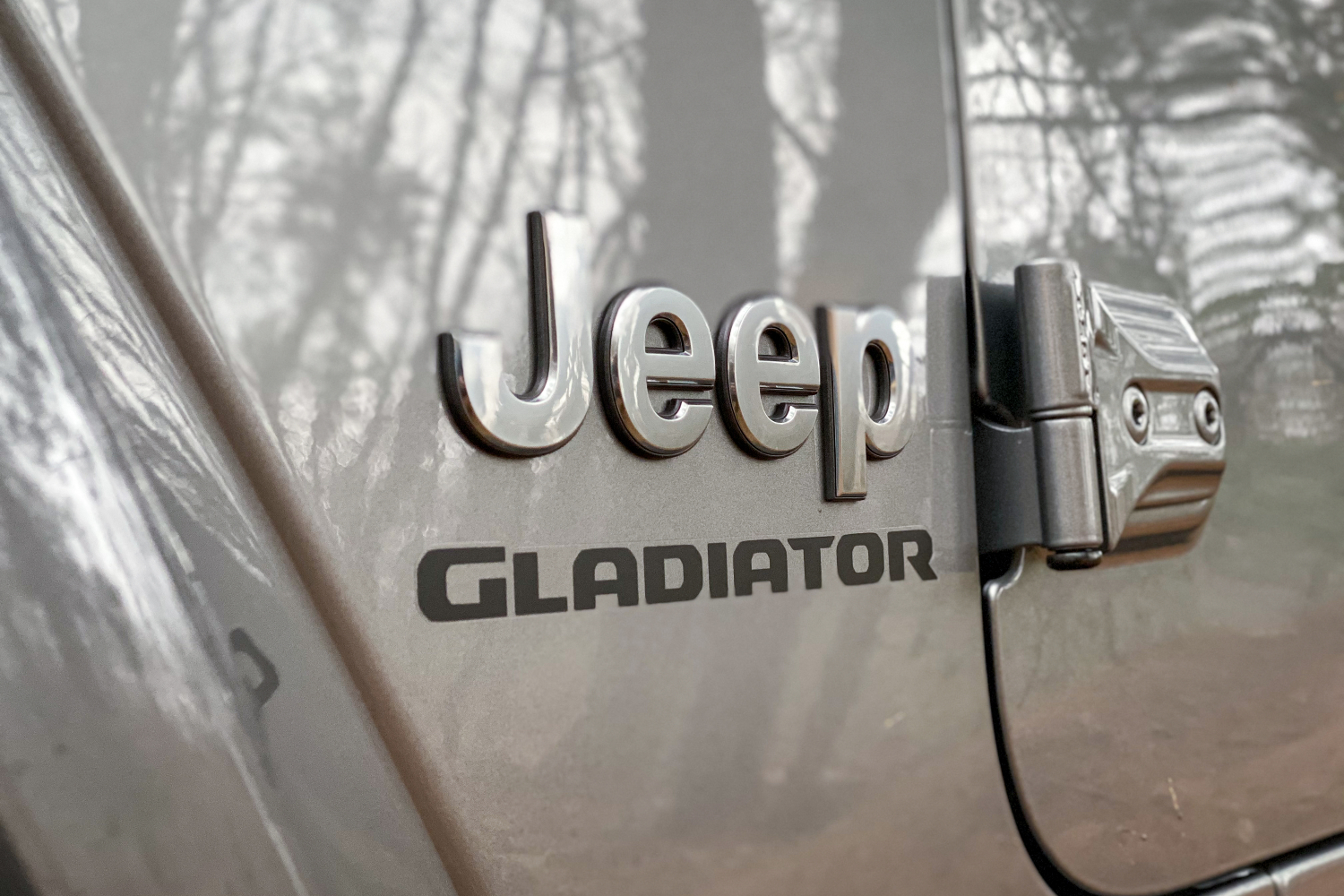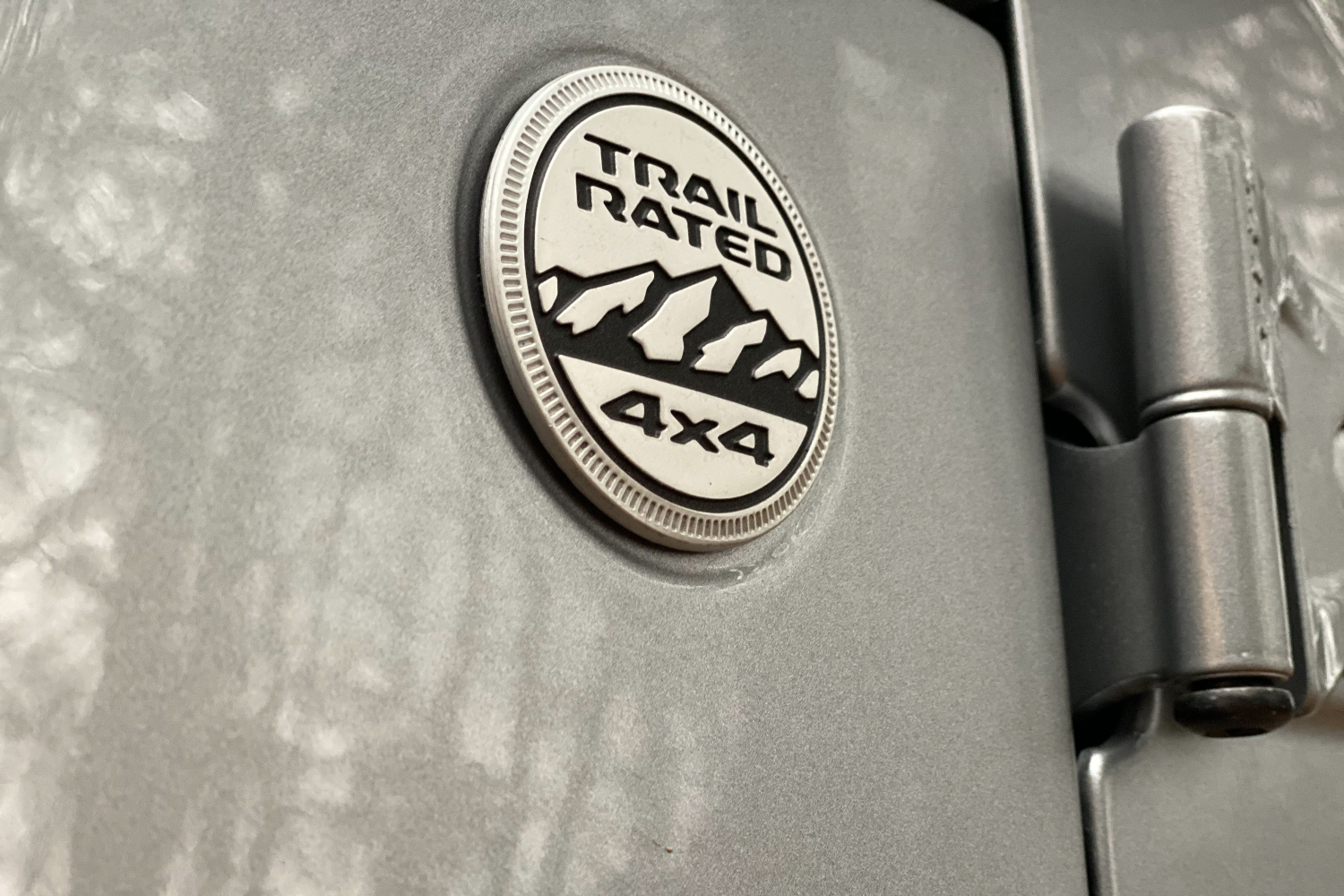Diesel powertrains are as rare as affordable houses these days. After Volkswagen’s scandal surrounding diesel powertrains, nearly every automaker has backpedaled from oil burners as quickly as possible. It’s a shame. While American consumers aren’t interested in small-displacement diesels, the market still exists for pickups and SUVs. When Jeep introduced the Gladiator – a truck people were waiting decades for – we’re sure the first question public relations reps received was, “Will it be available with a diesel?”
Jeep’s PR folks probably responded with, “We don’t comment on future products.” A boilerplate response for nosy folks. Behind the response, we’re sure they were grinning. Jeep made people wait a full year before offering the Gladiator with the same 3.0-liter EcoDiesel V6 found in the Jeep Wrangler and Ram 1500. For the folks that paid an extra $10,000 to $20,000 on top of MSRP for a new Gladiator in 2020, this will be a lesson about how waiting for something can pay off.
The Gladiator, which is a Jeep through and through, is clearly an off-roader first that happens to have a second job as a pickup truck on the weekends. It’s even better with the diesel engine. It turns the already-special Gladiator into something of a unicorn. If you have the means, there are only a few reasons to choose to gloss over the diesel engine. This powertrain really is that good.
Design & Interior
At first glance, the Gladiator looks like Jeep’s designers took the easy road. Like the Wrangler, it’s a milk carton on wheels that happens to have a bed at the back. Of course, Jeep’s hallmark traits are regularly apparent. The round headlights, seven-slot grille, removable doors, detachable roof, and fold-down windshield mean there’s little chance of this getting confused for anything else. The only things that looks out of place are the all-season tires. Something with this much off-roading credibility should come with knobbier tires, but then again, this is the Overland trim and not the Rubicon.
The interior also fails to bring anything that looks distinct, which may or may not be a bad thing. You sit so upright that you feel like you’ve been scolded by your old elementary school teacher, but at least that gives you a great view out at the nose of the pickup. The boxy design of the exterior also means few blind spots. There’s a simplicity, a sense of honesty to the Gladiator’s interior that you won’t find elsewhere.
Unfortunately, the design is the best part of the Gladiator’s interior. On the road, it’s horribly uncomfortable, you’ll find that your legs don’t have enough room in the footwell in the front seats, and the cabin is crazy loud at highway speeds. You’ll have to evaluate how important each item you plan to bring with you is, because the pickup has less space to store things than a New York City studio apartment.
Just like those cash-strapped tenants, Jeep has had to be creative about bringing some versatility to the cabin. Compared to the Wrangler, the wheelbase is stretched, creating a spacious set of rear seats. If you look hard enough, you’ll find a few nifty storage compartments, like under the rear seats and on top of the dash for small items. The Gladiator is hardly the most useful pickup on the road and is as comfy as walking around in soaking-wet socks, but it undeniably feels and looks special.
Driving Experience
In 2020, there were only 15 vehicles available with a diesel engine. The number of oil burners continues to shrink year after year as more electrified vehicles are introduced. It’s a shame, because excellent diesel engines, like the one in the 2021 Jeep Gladiator Overland, are worth keeping around.
The majority of people think enthusiast cars refer to sporty cars. The Mazda MX-5 Miata, Subaru BRZ, and Volkswagen Golf GTI are the typical enthusiast
The pickup is uncomfortable 90% of the time. Even on the smoothest roads, the Gladiator’s solid axles find minuscule imperfections and translate those into the cabin and through the steering wheel. The steering wheel is incredibly heavy at low speeds and you’ll have to keep a watchful eye on the wheel on the highway, as the pickup needs constant corrections to stay in a straight line. Driving the Gladiator is work. It may have all of the latest driver-assist equipment – if you’re willing to pay extra for it – but it requires your constant attention. Remember when vehicles were like that?
Get the pickup truck on a proper trail, though, and you’ll forget any and all of its shortcomings. This thing was built to go off-roading, it’s what it does best, it’s what Jeep engineers clearly labeled a priority. Despite its size and weight, the Gladiator off-roads like a possessed billy goat. When off-roading, the Gladiator never once struggled for traction, never once wavered in its ability to flex its muscles. That, for any Jeep, is a given.
The star of the show, at least with this Gladiator Overland, is the 3.0-liter turbodiesel V6. It’s rated at a stout 260 horsepower and 442 pound-feet of torque, the highest torque of any midsize pickup on the market. The near-instantaneous torque of the diesel engine makes the motor a compelling partner for off-roading. Not only can the engine hold a tune, but it does so in style. The eight-speed automatic, the only transmission offered with the diesel engine, takes the hassle out of worrying about where the engine is in the rev range.
At $4,000 for the diesel engine and an additional $2,000 for the eight-speed automatic, the powertrain certainly isn’t cheap. You’re also losing some towing capacity, as diesel models are rated at 6,500 pounds while other engines can haul up to 7,650 pounds. But if off-roading is your thing, the diesel is a must. It putters along, minding its own business, while bringing its own weight in gold in character.
Should You Get One?
Yes, yes, yes. It isn’t the most comfortable, capable at towing, spacious, or value-oriented pickup on the market, but it’s a true driver’s car. Fantastic in its element, mediocre at best in the normal stuff, the Gladiator really is an off-roading-first vehicle that happens to have a bed in the back. It’s not for everyone and with an at-tested price of $60,435, it’s certainly not cheap. But there’s nothing quite like it on sale. If you know what you’re getting into, it’s the best of its kind.
Editors' Recommendations
- Mitsubishi Outlander Plug-in Hybrid review: Is it as capable off-road as it is on?
- Toyota Tundra Hybrid: 5 things we love about it (and 3 things we hate)
- 2022 Lexus LX Review: Luxurious and highly capable for people stuck in the past
- 2021 Lexus LS 500 Review: A Far Cry From the Original
- 2021 Land Rover Defender 90 First Edition Review

